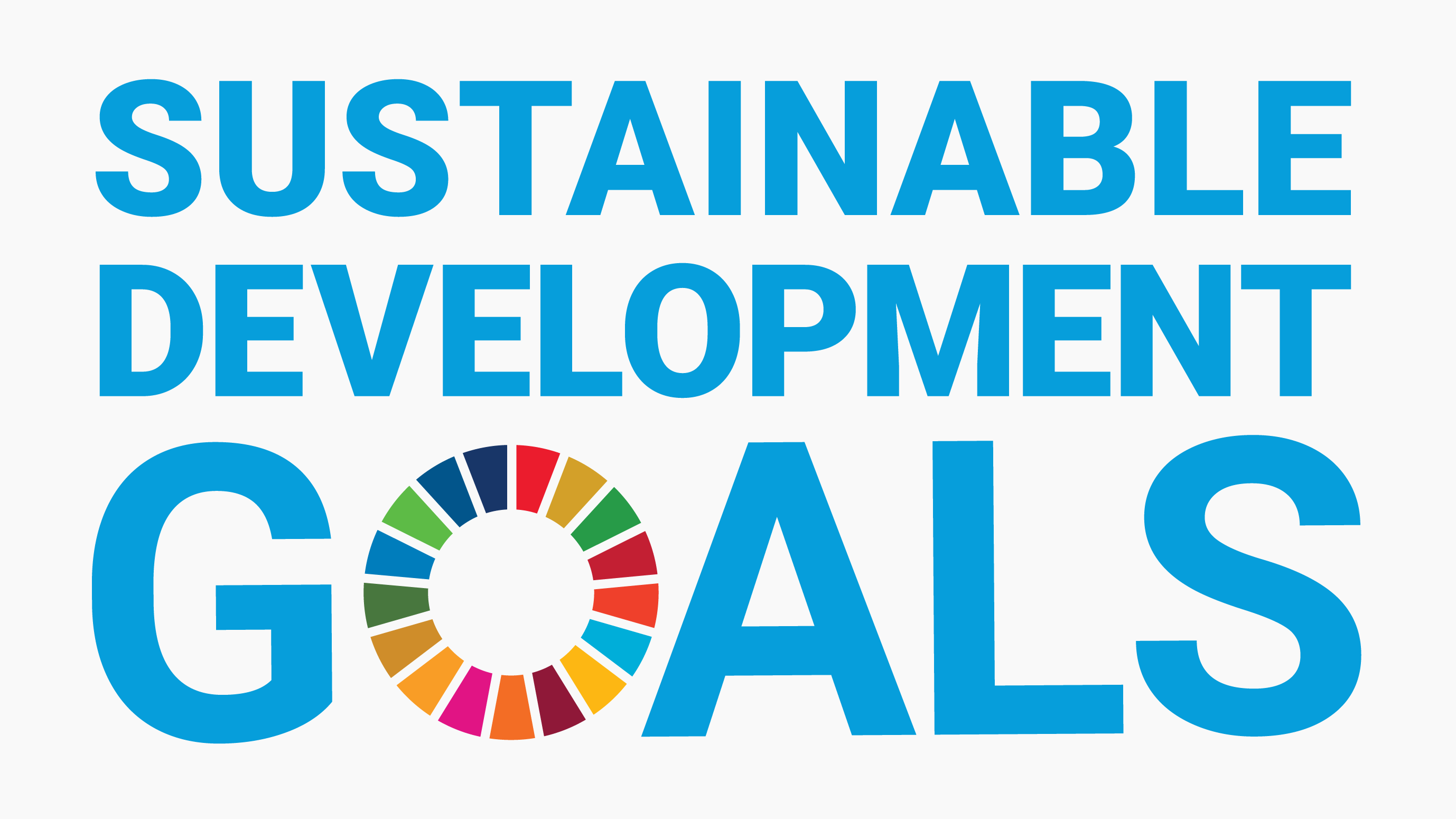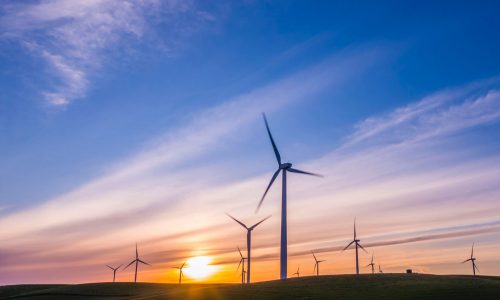A study and analysis of successful experiences in offshore wind power, with examples from Denmark and the UK

Compared to 2019, the amount of new wind power installed in Europe decreased in 2020 due to the impact of the COVID-19. Of this, offshore wind power accounts for 20% of total new wind power installations. The Netherlands will add the most capacity in 2020, mainly due to the strong performance of the offshore wind industry. According to the European Wind Energy Association's forecast, Europe can add about 105GW of wind power installed in the next five years, of which offshore wind power will account for 30%. Offshore wind power has become the world's renewable energy development hot spot.
Denmark, one of the most developed countries for wind power, has a long coastline, abundant wind resources and shallow waters, and other natural resources that provided a solid starting point for the wind power industry that emerged 25 years ago. The success of Danish offshore wind power is backed by a broad long-term political commitment from the Danish government, supported by an evolving regulatory framework.
By consolidating information from various sources, we concludes that the main points of the Danish offshore wind success story are as follows.
1. Make preparations for offshore wind power development. Providing developers with the results of initial studies can reduce the cost of offshore wind power, which helps developers to have a good understanding of the wind power site before planning the actual project, and helps investors to calculate the cost tariff instead of the estimated production tariff.
2. The cost of offshore wind power will likely be lower if developers can be certain that they can start operating the wind farm once it is built and connected to the grid.
3. One-stop shop service for investors, planners and builders by a government agency;
4. Before the investor sets the tariff, the government department takes the lead in conducting all the preliminary research, including environmental impact assessment, for the designated development area to control the risk for the investor and the developer. The advantage of this is that the time for calculating the tariff is delayed, very close to the time when the contract with the supplier is signed. This greatly reduces the risk of market electricity price fluctuations.
Wind power accounts for 50% of Denmark's electricity supply, but it is, after all, only a small country with a limited total of just over 5 million people. So we also studied and analyzed the UK, a large European country with 66 million people.
After two decades of development, the UK has become the world's leading offshore wind power market. The UK offshore wind industry started later than Denmark and other countries, but with a comprehensive policy support system, not only effectively attracted foreign famous energy companies such as DongEnergy (Denmark), Vattenfal (Sweden), E.NO (Germany) to develop and achieve the rapid development of offshore wind power, and at the same time in the country to foster the formation of a number of competitive offshore wind power enterprises. In order to ensure energy security, respond to global climate change and pressure from the international community and the European Union, the British government has introduced policies to support the development of offshore wind power in the following areas.
1. Strong mandatory support policies for the new energy industry
2. Efficient industrial management mechanism
3. Comprehensive economic incentive system
- Investment Subsidy Policy
- Technology R&D subsidy policy
- Tax incentives
We will continue to summarize the development models and experiences of various countries regarding offshore wind power, and conduct comparative analysis to provide lessons for countries in different national situations.
*Derived research topics: The impact of the COVID-19 on the wind power industry, and the response of countries
About Us
Institute of International Exchange is an international non-governmental and non-profit organization. We hope to build an equal and friendly platform for exchanges and cooperation around the world.
© 2023 Institute of International Exchange




